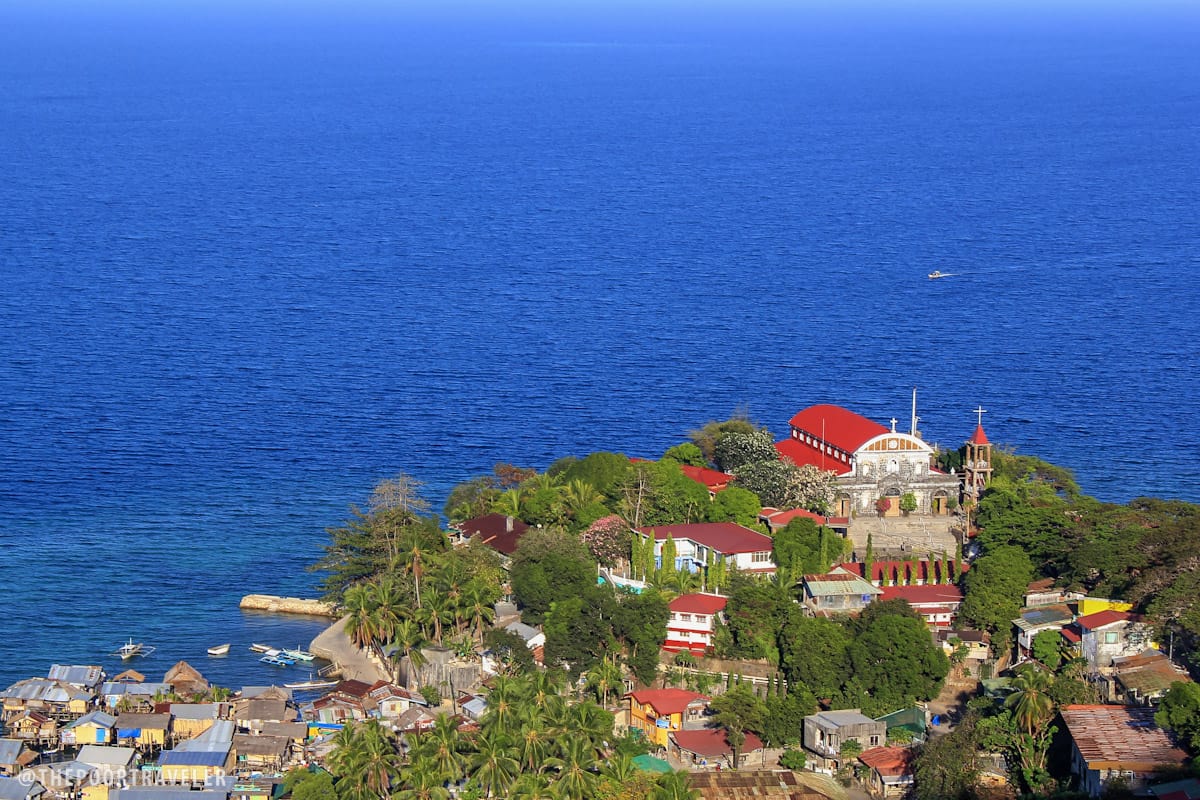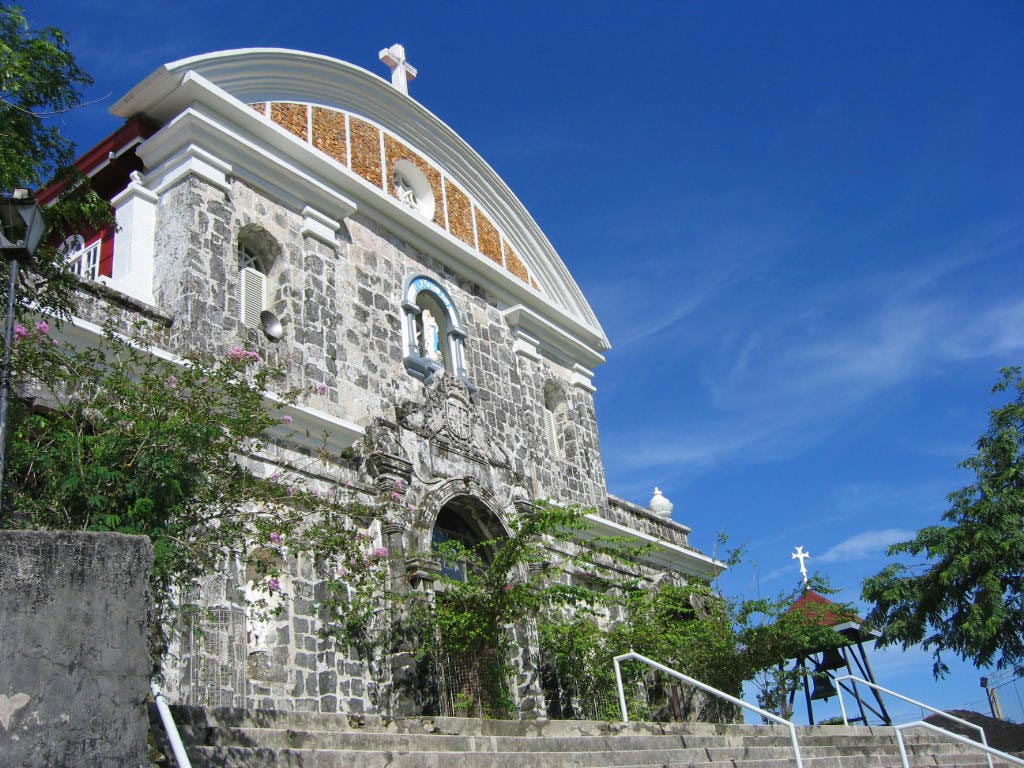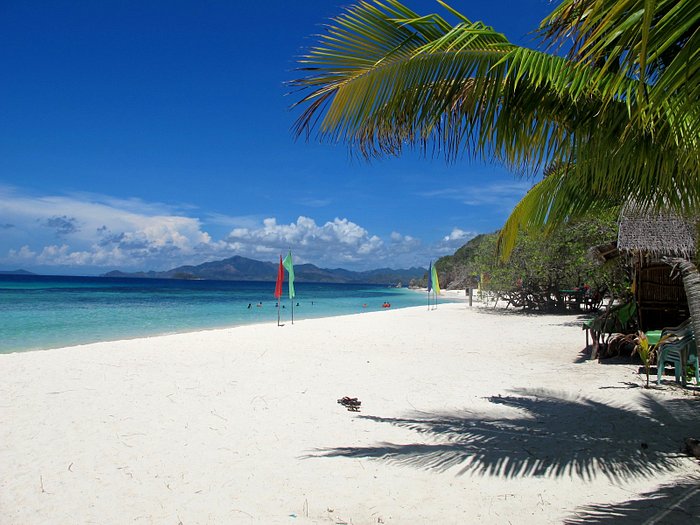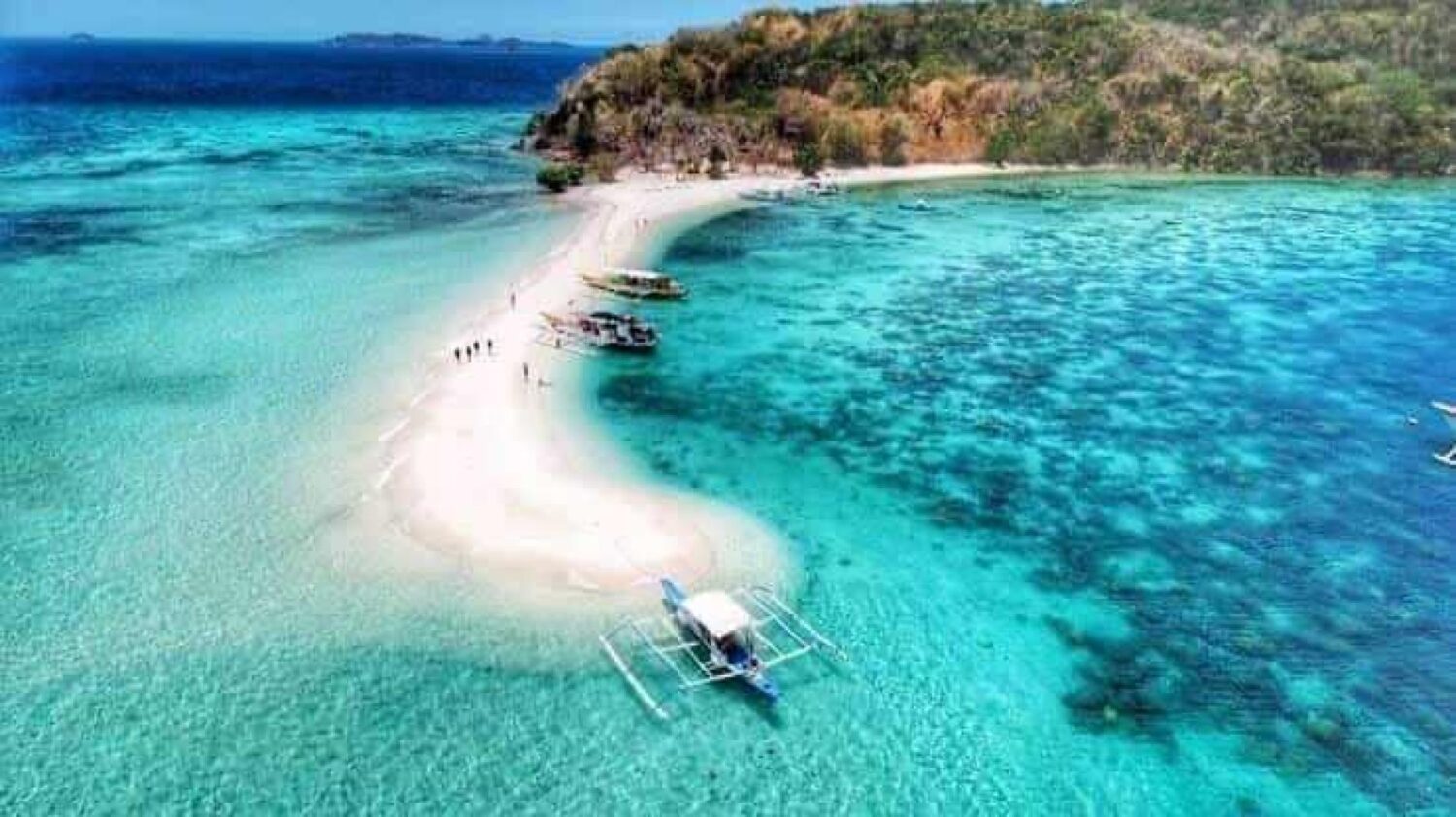Culion Island: A Hidden Gem in Palawan
Nestled in the picturesque Calamian Archipelago of Palawan, Philippines, Culion Island offers a captivating blend of history, natural beauty, and cultural richness. Once a leper colony during the American colonial period, this island has undergone a remarkable transformation, emerging as a must-visit destination for travelers seeking a unique and unforgettable experience.
This comprehensive guide will delve into the enchanting facets of Culion Island, exploring its transportation options, key tourist attractions, and the immersive experiences that await visitors. Whether you’re a history buff, a nature lover, or simply seeking a tranquil getaway, Culion Island has something to offer everyone.

Transportation to Culion Island:
- By Air:
- The most efficient way to reach Culion is by flying into Francisco B. Reyes Airport in Busuanga. Multiple airlines offer flights to Busuanga from major Philippine cities like Manila and Cebu.
- Upon arriving at Busuanga, travelers can proceed to Concepcion Port, which serves as the gateway to Culion. The journey from the airport to Concepcion Port typically takes around two hours by land transport.
- By Sea:
- For those seeking a more scenic route, sea travel from Coron Town to Culion is an option. Daily boat trips are available, offering a leisurely cruise through the Calamianes Group of Islands. The journey takes approximately one to two hours, allowing passengers to soak in the coastal beauty before arriving at Culion’s shores.
Historical Significance:

Culion Island holds a poignant chapter in Philippine history as it served as a leper colony from 1906 to 2006. The American colonial government established Culion to isolate individuals afflicted with leprosy (Hansen’s disease). Over the years, efforts to combat the disease and improve living conditions transformed Culion into a vibrant community with a unique cultural identity.
- Culion Museum and Archives:
- A visit to Culion would be incomplete without exploring the Culion Museum and Archives. Housed in a restored Spanish-colonial building, the museum chronicles the island’s leper colony history, showcasing artifacts, photographs, and personal stories. It provides a comprehensive overview of the challenges faced by the residents and the triumphs of their collective resilience.
- Church of St. Michael the Archangel:
- The Church of St. Michael the Archangel stands as a testament to Culion’s enduring spirit. Built during the early years of the leper colony, the church reflects a blend of Spanish and American architectural influences. Its historical significance is palpable, and the church remains a place of worship for the island’s residents.
Natural Wonders and Scenic Beauty:
Beyond its historical landmarks, Culion Island boasts breathtaking landscapes and natural attractions that beckon exploration.
- Malcapuya Island:
- A short boat ride from Culion, Malcapuya Island is a paradise of powdery white sand beaches and crystal-clear waters. Snorkeling enthusiasts will revel in the vibrant marine life that thrives in the surrounding coral gardens.

- Ditaytayan Island:
- Known for its pristine beaches and laid-back atmosphere, Ditaytayan Island is an ideal destination for a day trip from Culion. Visitors can indulge in water activities like snorkeling or simply unwind on the serene shores.

- Twin Lagoon:
- While the more famous Twin Lagoon is often associated with Coron, Culion has its own version. This hidden gem is characterized by emerald-green waters nestled between towering limestone cliffs, creating a secluded and tranquil sanctuary.
Culinary Delights and Local Flavors:
Exploring Culion is not just a visual delight; it’s a gastronomic adventure. The island offers a taste of local cuisine that reflects its cultural diversity.
- Seafood Gastronomy:
- Given Culion’s coastal location, seafood takes center stage in its culinary offerings. Freshly caught fish, crabs, and prawns are expertly prepared, providing a delectable feast for seafood enthusiasts.
- Local Market Experience:
- Immerse yourself in the local culture by visiting Culion’s markets. Here, you can interact with residents, sample local delicacies, and gain insight into the island’s culinary traditions.
Cultural Encounters:
Culion’s vibrant culture is shaped by its resilient community, and visitors have the opportunity to engage in meaningful cultural encounters.
- Local Festivals:
- Check the local calendar for festivals and events that celebrate Culion’s cultural heritage. These festivals often feature traditional music, dance performances, and vibrant displays of local crafts.
- Community Interaction:
- Engage with the island’s residents to gain a deeper understanding of their daily lives. Local guides can provide insights into Culion’s history and share personal stories that illuminate the island’s unique character.
Practical Tips for Exploring Culion Island:
- Respect Local Customs:
- As with any destination, respecting local customs and traditions is crucial. Culion’s residents take pride in their heritage, and visitors are encouraged to embrace and appreciate the local way of life.
- Travel with a Local Guide:
- To maximize your experience and gain deeper insights into Culion’s history and culture, consider hiring a local guide. They can offer a personalized perspective and ensure you don’t miss hidden gems.
- Sun Protection:
- Given the tropical climate, sun protection is essential. Bring sunscreen, a hat, and sunglasses to shield yourself from the sun’s rays, especially during boat trips and outdoor activities.
- Cash:
- While there are ATMs on the island, it’s advisable to carry sufficient cash, especially in more remote areas.
Conclusion:
Culion Island beckons travelers with its rich history, natural wonders, and warm hospitality. From the echoes of its leper colony past to the pristine beaches and vibrant coral gardens, Culion offers a multifaceted journey that transcends time. Whether you’re drawn to its historical landmarks, eager to explore its natural beauty, or seeking cultural immersion, Culion stands as a testament to the resilience of its people and the allure of Palawan’s hidden treasures.

